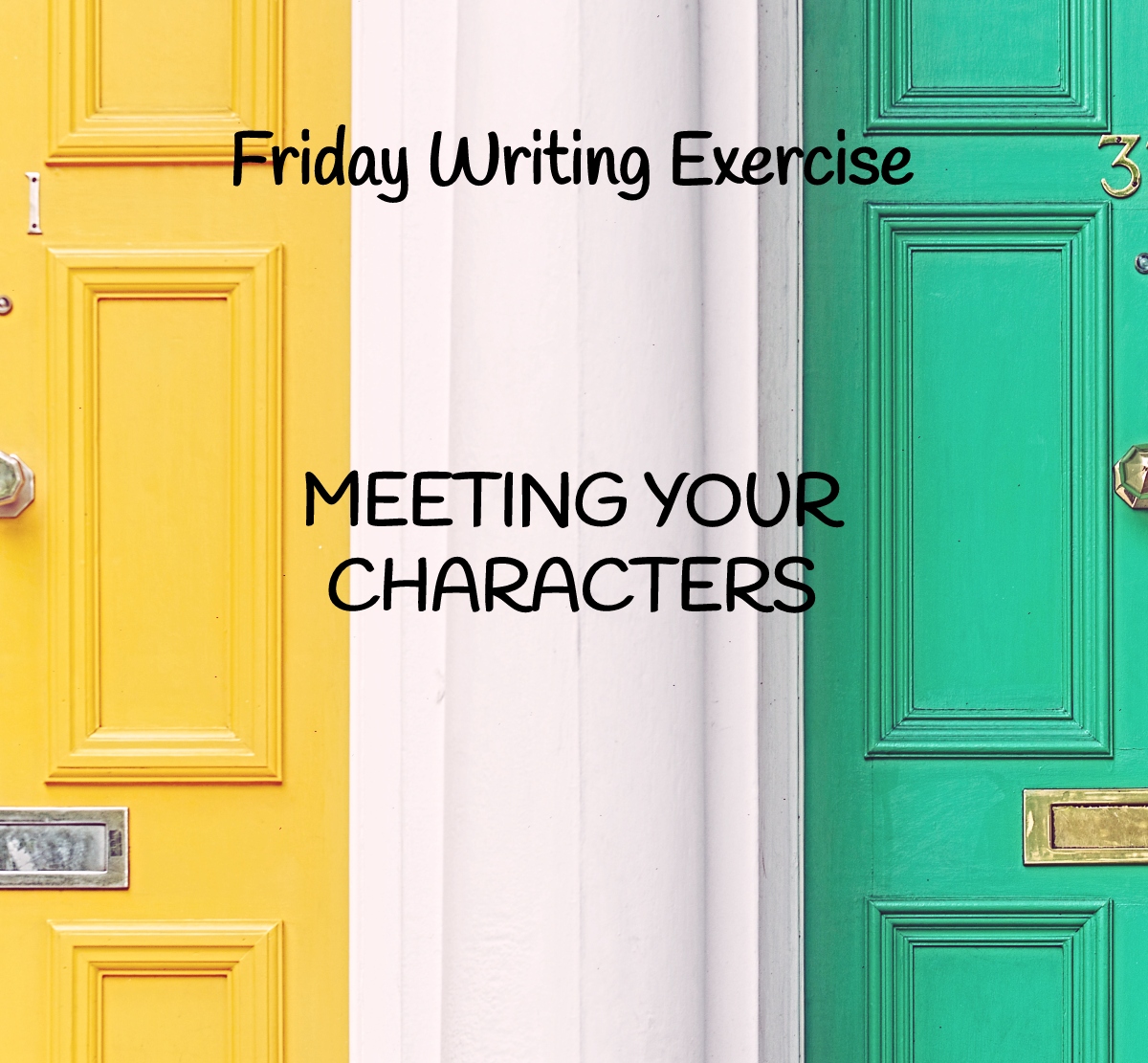The Thing About ‘Futuristic’ Names
We’re not psychic, or very few of us are, and, if we were, we wouldn’t be focusing on that random woman’s baby name list while the world is ending in several natural disasters. We don’t know what futuristic names would actually be like and that means ‘futuristic’ name suggestions are either gibberish versions of current names or just no significant change in names, in most cases.
For near-future fiction, set in America for example, it makes sense for a good chunk of the population to have those gibberish names like Jessielle or Skyleigh because that’s a trend happening now, as is the extra respelling of original names (as in from Ashley to Ashleigh) or pop culture inspired names or even names with extra vowels and more obscure consonants (Xzavier or Ayla come to mind). Fiction set in the next 100 to 200 years should match some of the current baby name trends, especially for older characters, and then a reasonable extension of that for the generations they created. For fiction set way further ahead, it’s not a predictable kind of variable. But that doesn’t mean we should always expect the future to come with men named Liyam and women named Jexa.
Of course, this all depends on how ‘realistic’ your fiction is. If you’re set in some fantasyland far far away, where current real-life names don’t even matter then that’s all a moot point. There are, however, rationalities to be considered. While tossing out a bunch of scrabble pieces and writing down whatever comes up may seem like a thoroughly original thought (it’s not), it will produce more gibberish and less character.

For Pity’s Sake, Consider Your Reader
Xionamus Azander may look bomb on your computer as you type but who the heck is gonna want to try to pronounce that? Out loud? Multiple times? In excited discussion? Remember that ‘Hermione’ was enough to baffle many readers when Harry Potter first came out. If you’re going the extreme Scrabble points route, take pity on the readers and give the dope a nickname at the very least. Xionamus can become Xion – because I’m sure even his parents would get very tired of saying ‘Xionamus.’
Consider the Consistency
You probably shouldn’t name the male character Xionamus Azander and surround him with a red shirt named Smith, a love interest named Amy, and a dog named Spot (bonus suck-points for just foreign language names like Juan the red shirt, Aika the girlfriend, and a dog named Tache). There needs to be consistency. Not all the same kind of names – like not all variations of Xion or Azander – but similar enough to be reasonable in your setting: Xionamus Azander, with Melba Kase, Tray the red shirt, and Dax the dog. Melba Kase may not be as extra as Xionamus but they sound like people more likely to find each other in the same room than Xionamus and Amy do. However, a woman named Amy could fit in a different kind of future, with people named something like Fry and Hermes.
Don’t Get Caught in the Void
Remember that your characters are people, not walking spelling disasters. Don’t get caught up in extravagant ridiculous names and forget to build & explore the actual character. Xionamus Azander sounds great but it’s just a name unless you remember to write him. Whether he’s a space captain with a love of hot dogs and a fear of insects or a kid who dreams of exploring the ocean and hates sweaters, Xion is a person you’re writing about and should be treated as such. They’re not just little pawns with gibberish names who just have something happen to them and then it’s fixed and then it’s all good and Xion has saved the day (even though it was probably really Melba). So don’t write them that way. Otherwise, this story is really going to suck.

